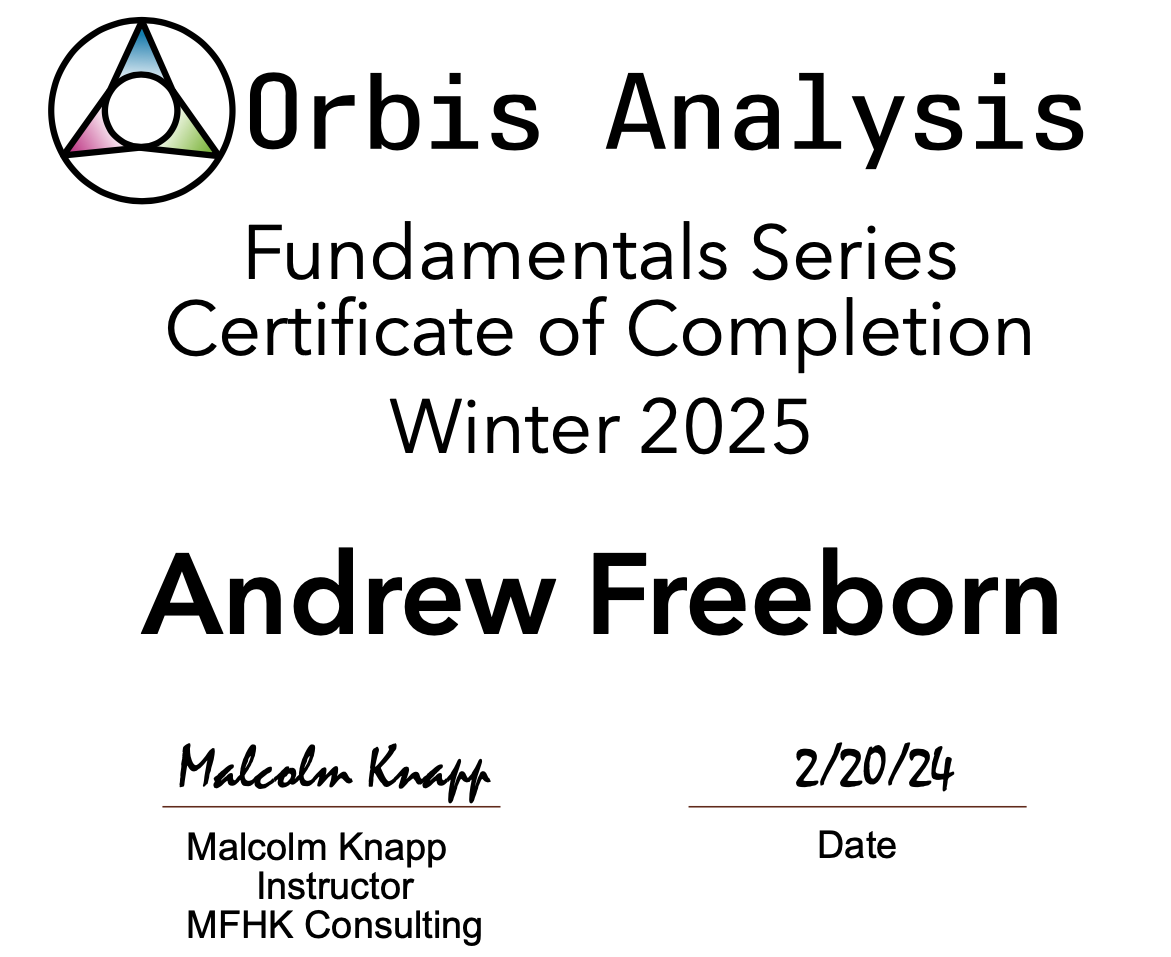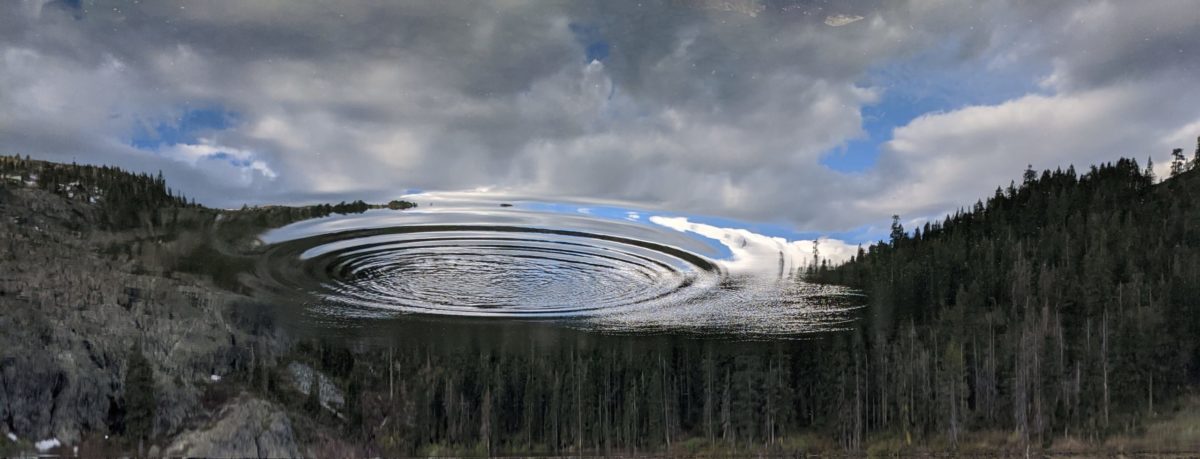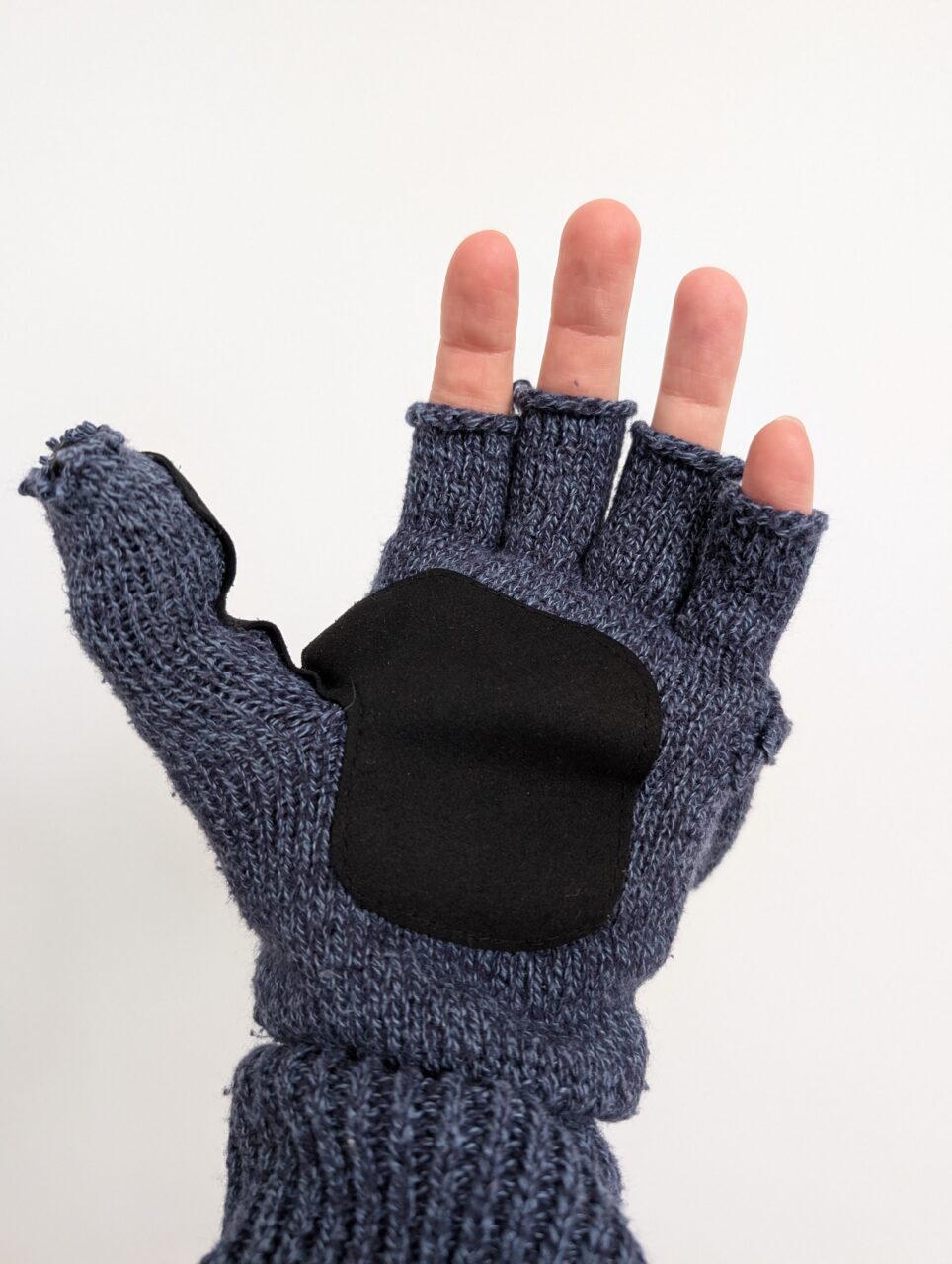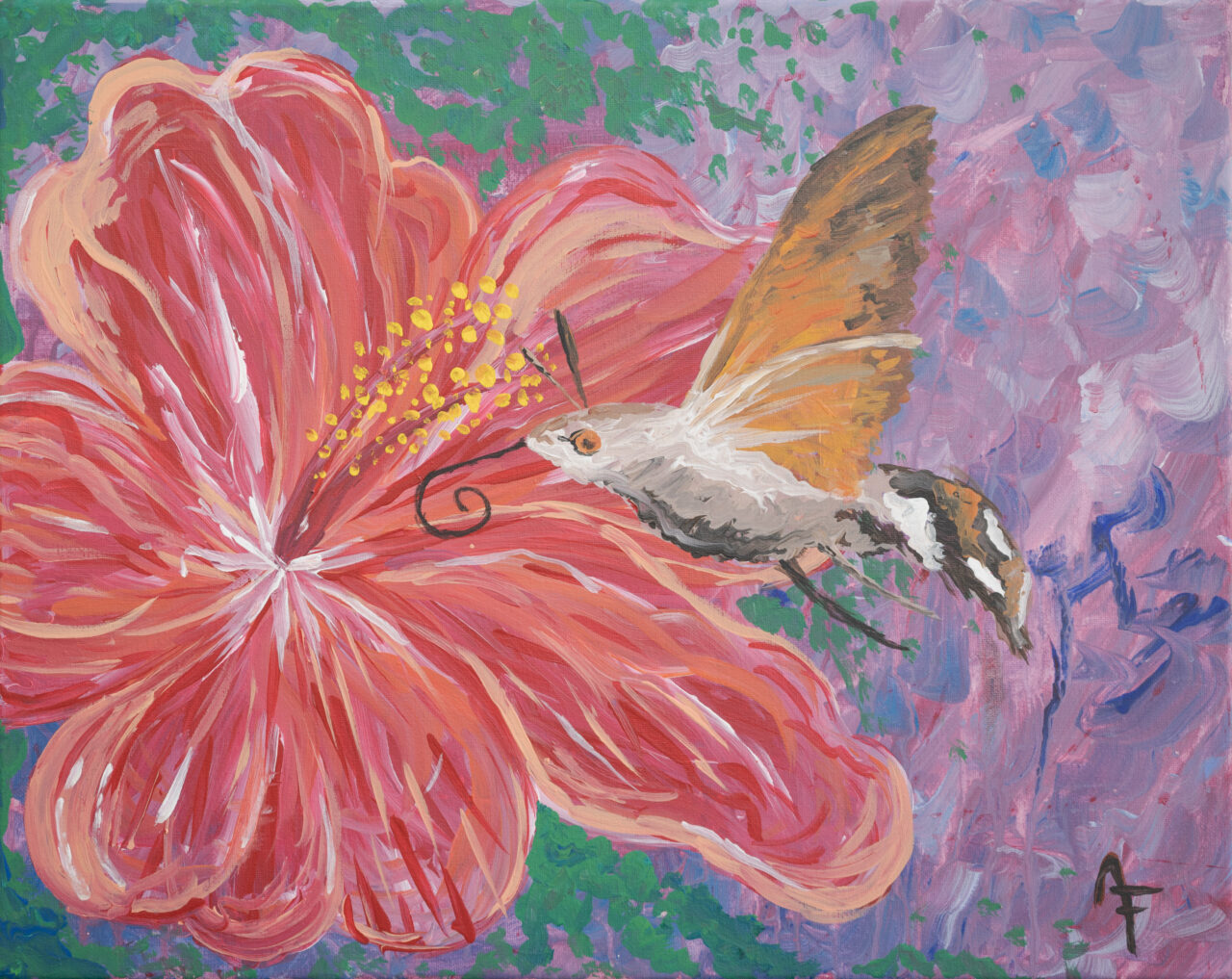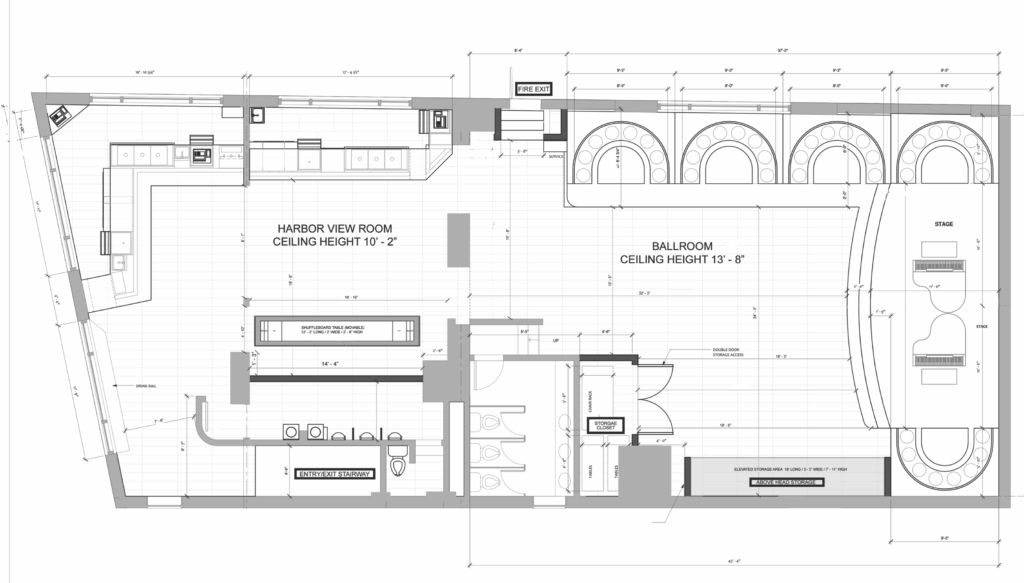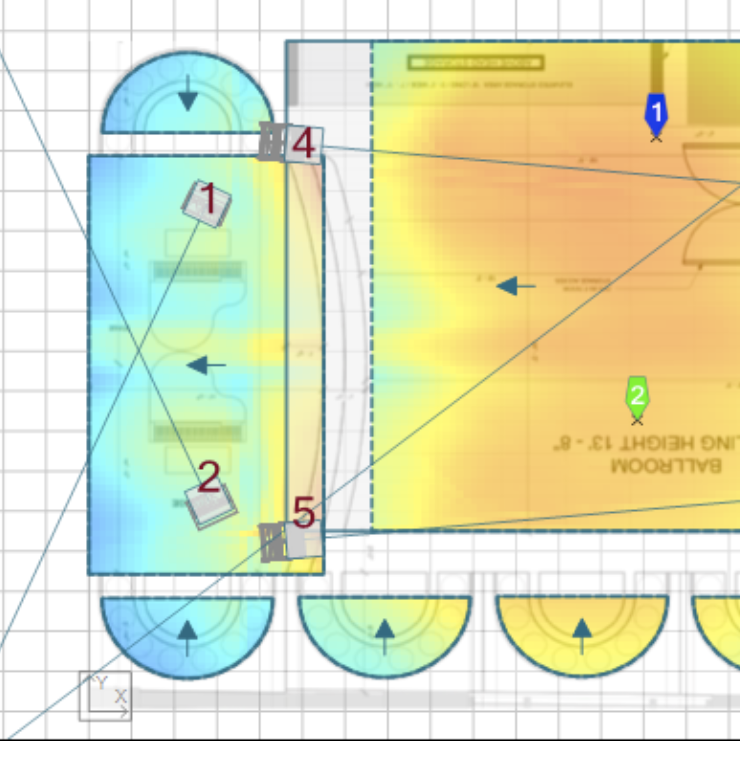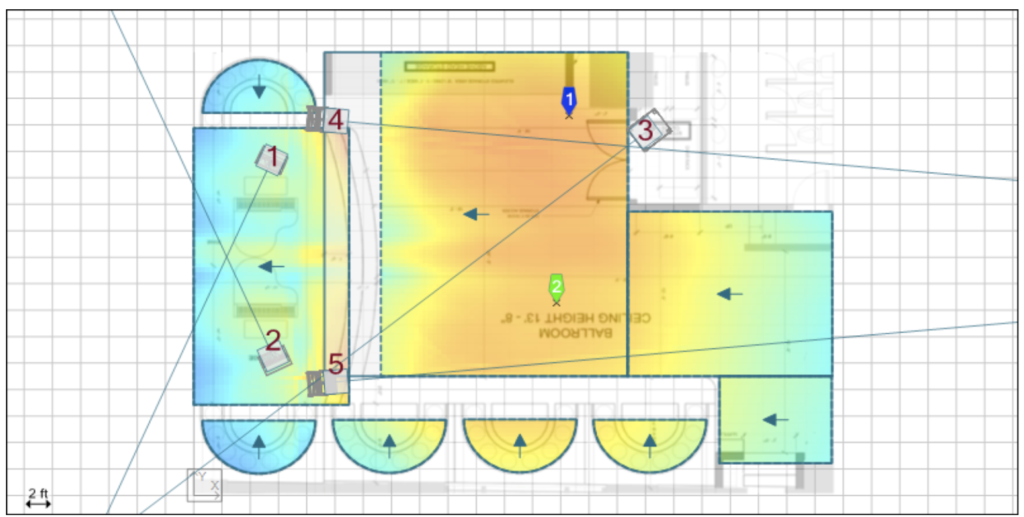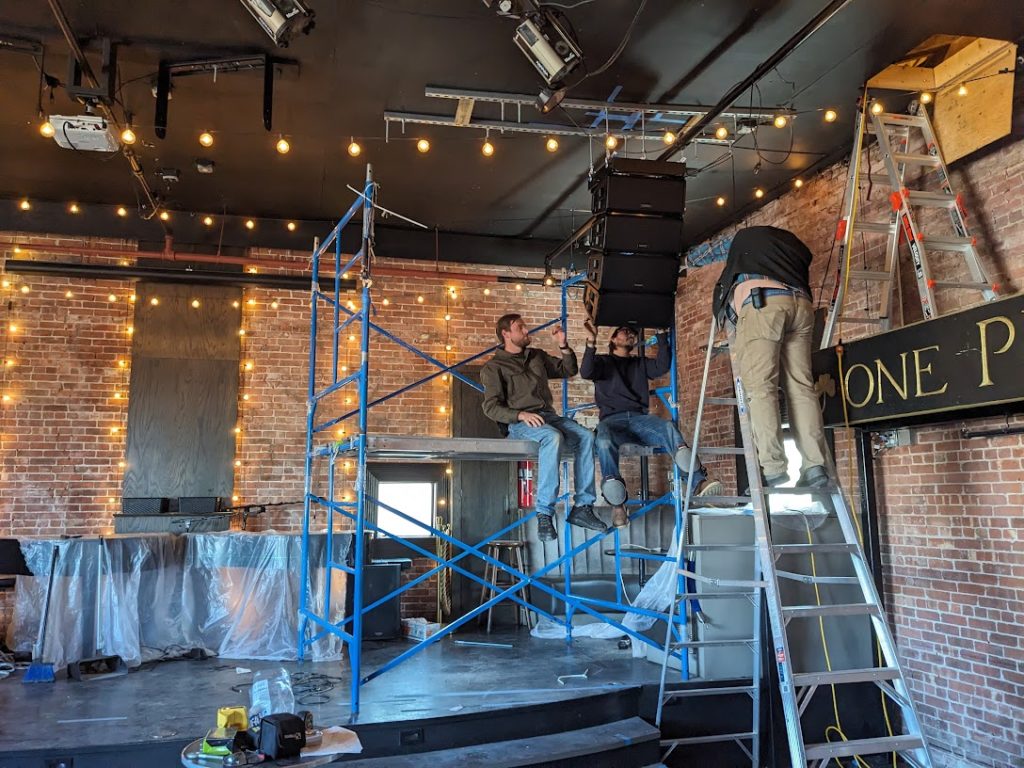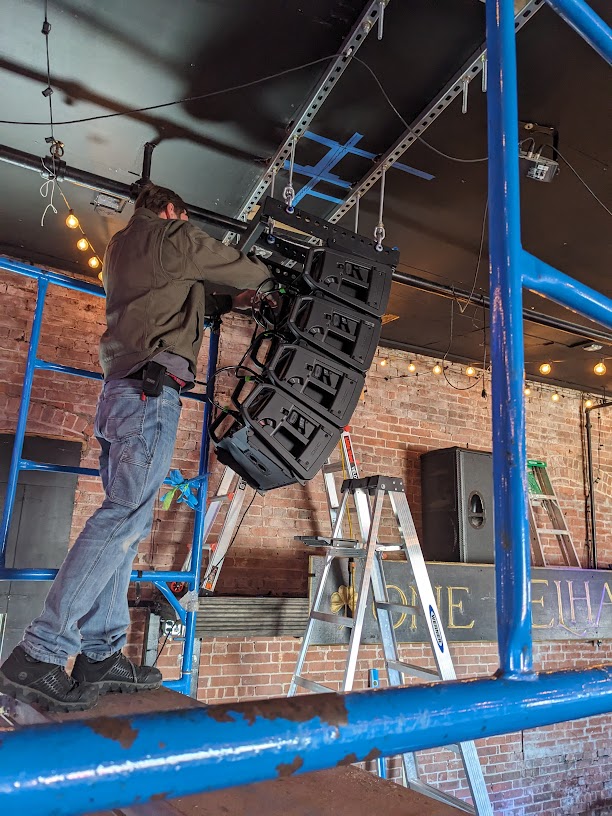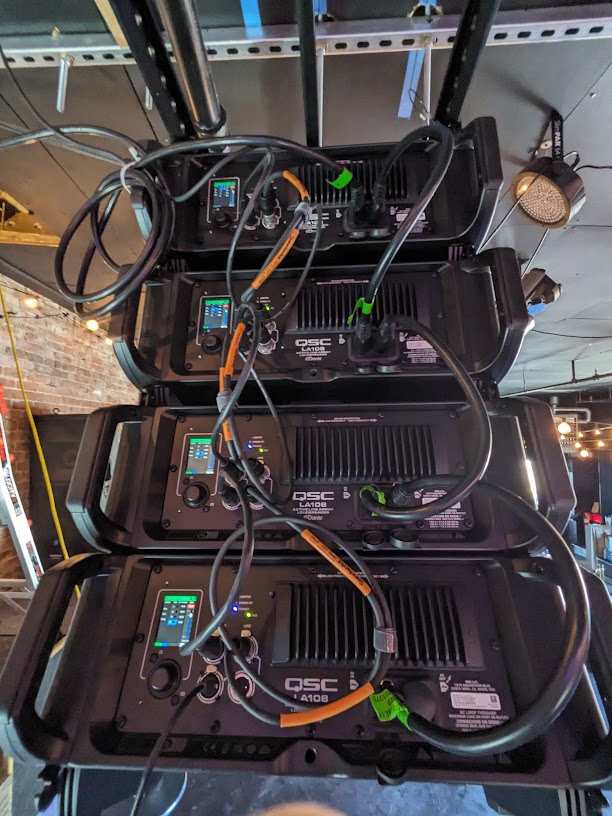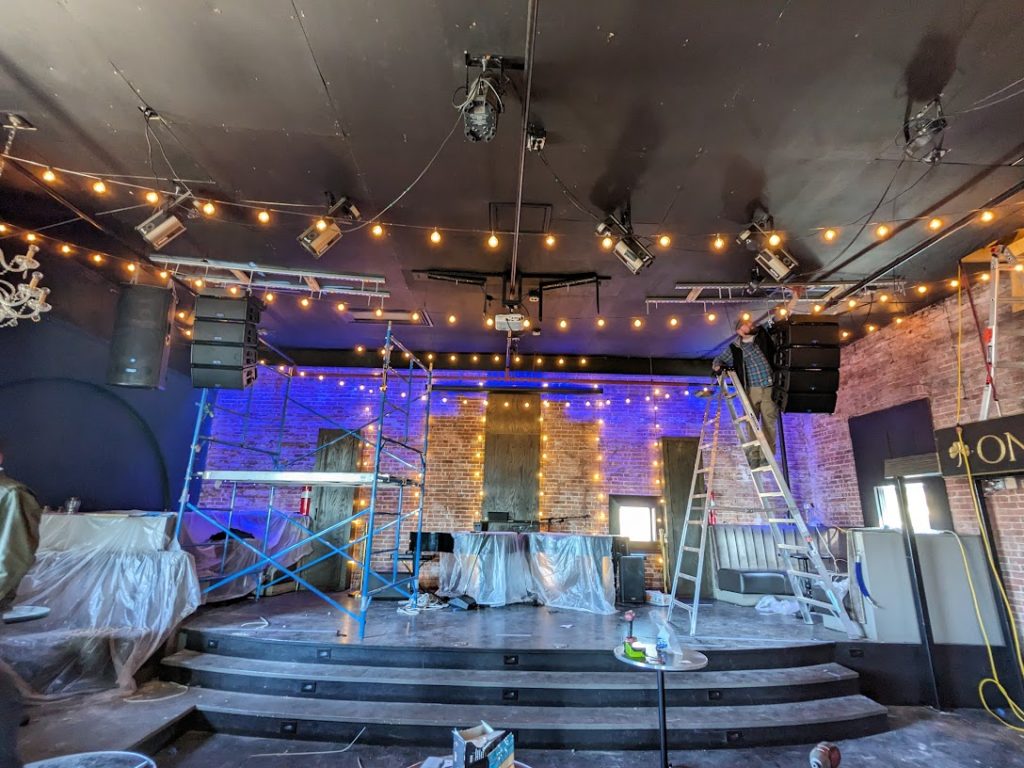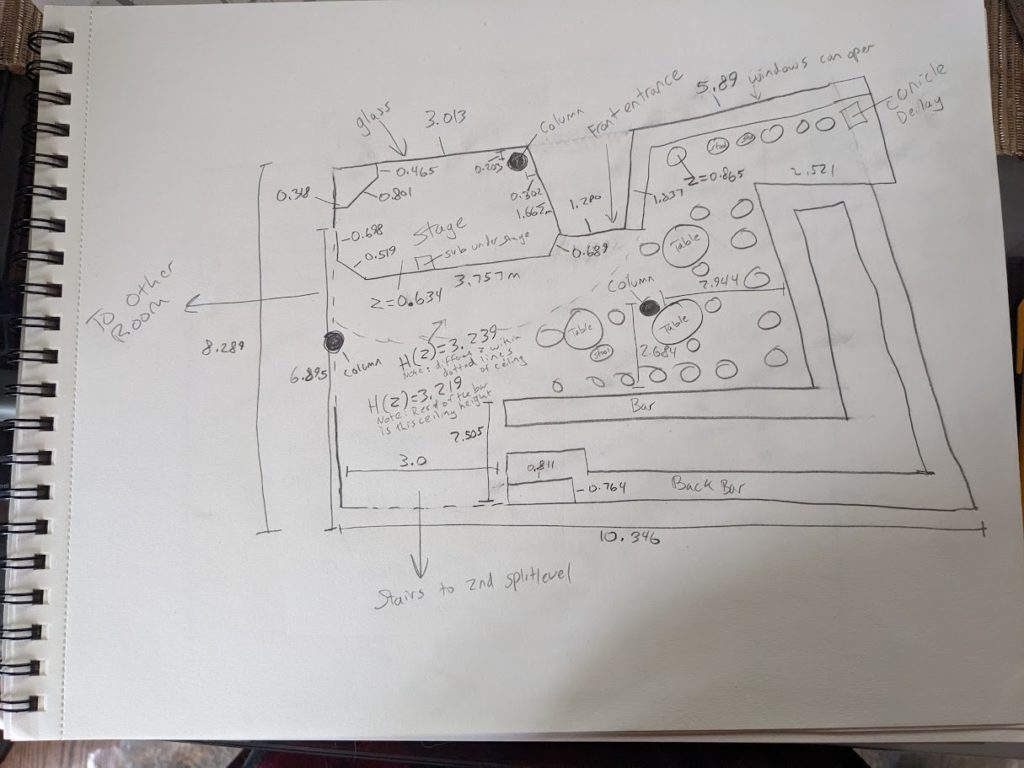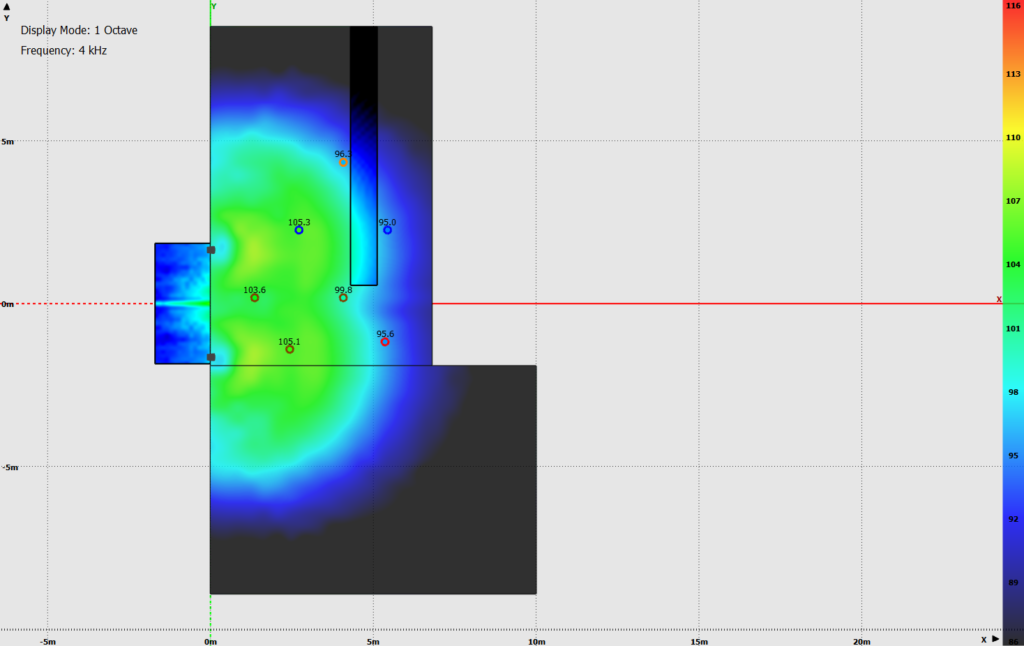
I recently earned a certification in Orbis Analysis, a structured approach to product development designed by Malcolm Knapp. This system provides a way to take a product idea and systematically break it down into four key elements:
- Schematic – A detailed diagram illustrating the product’s structure and components.
- Behavior Flow Chart – A visual representation of how the product functions in different scenarios.
- System of Connections – A complementary diagram showing how various components interact in ways that the schematic alone cannot convey.
- Hierarchy List – A nested breakdown of the product, organizing its assemblies and subassemblies in a structured manner.
For my certification project, I applied Orbis Analysis to a real-world product: my open-back Shure SRH-1840 headphones. This exercise provided valuable insights into the intricacies of product design and demonstrated how this method can enhance the early stages of development.
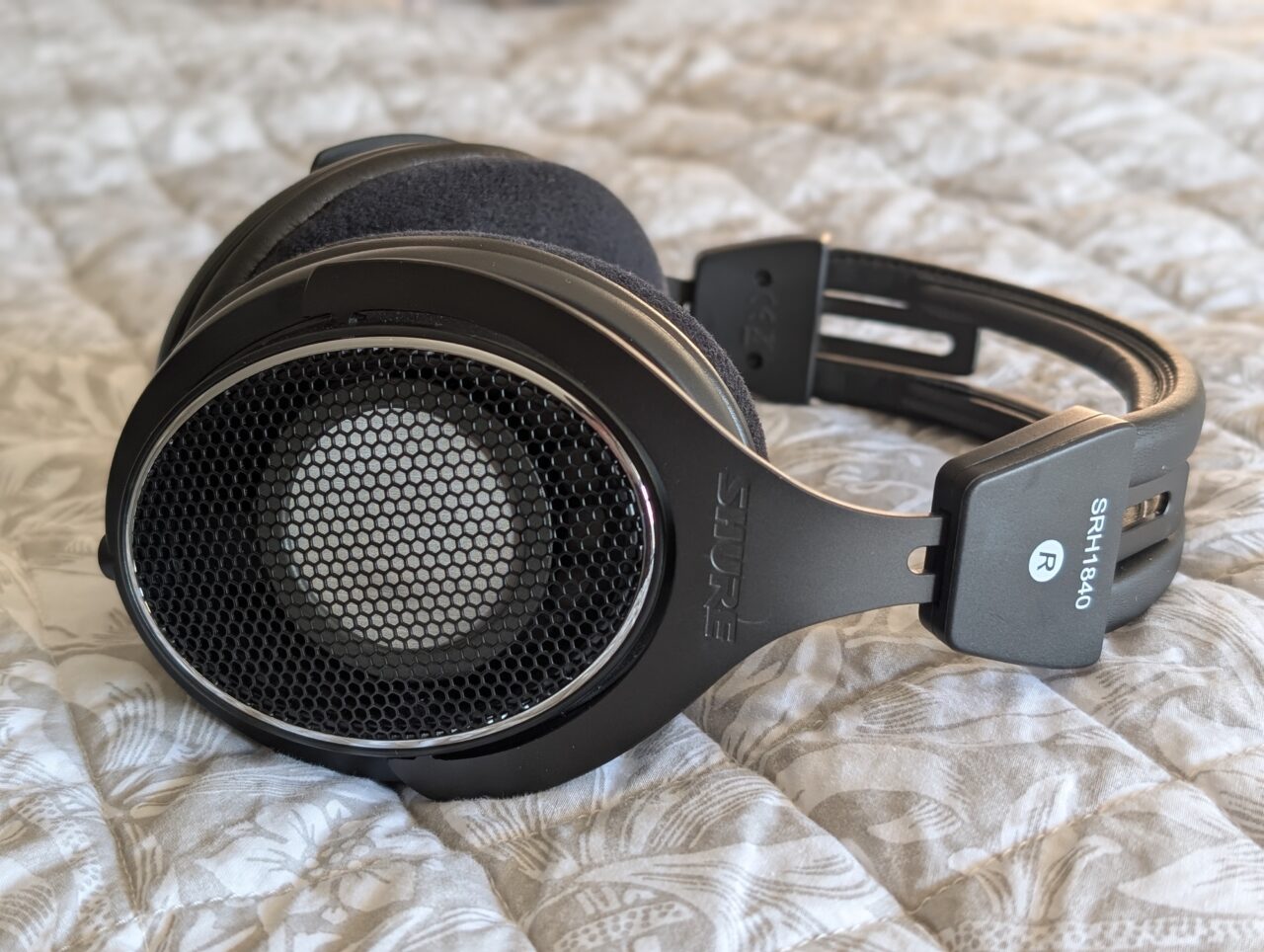
Breaking Down the Shure SRH-1840 Headphones
Schematic: Visualizing the Product’s Structure
The first step was creating a schematic representation of the headphones. I was surprised by the complexity required to fully illustrate the design. The process involved encapsulating different assemblies and using breakout diagrams to show how components fit together. This detailed visualization proved invaluable in understanding the scope of the product and the relationships between various elements.
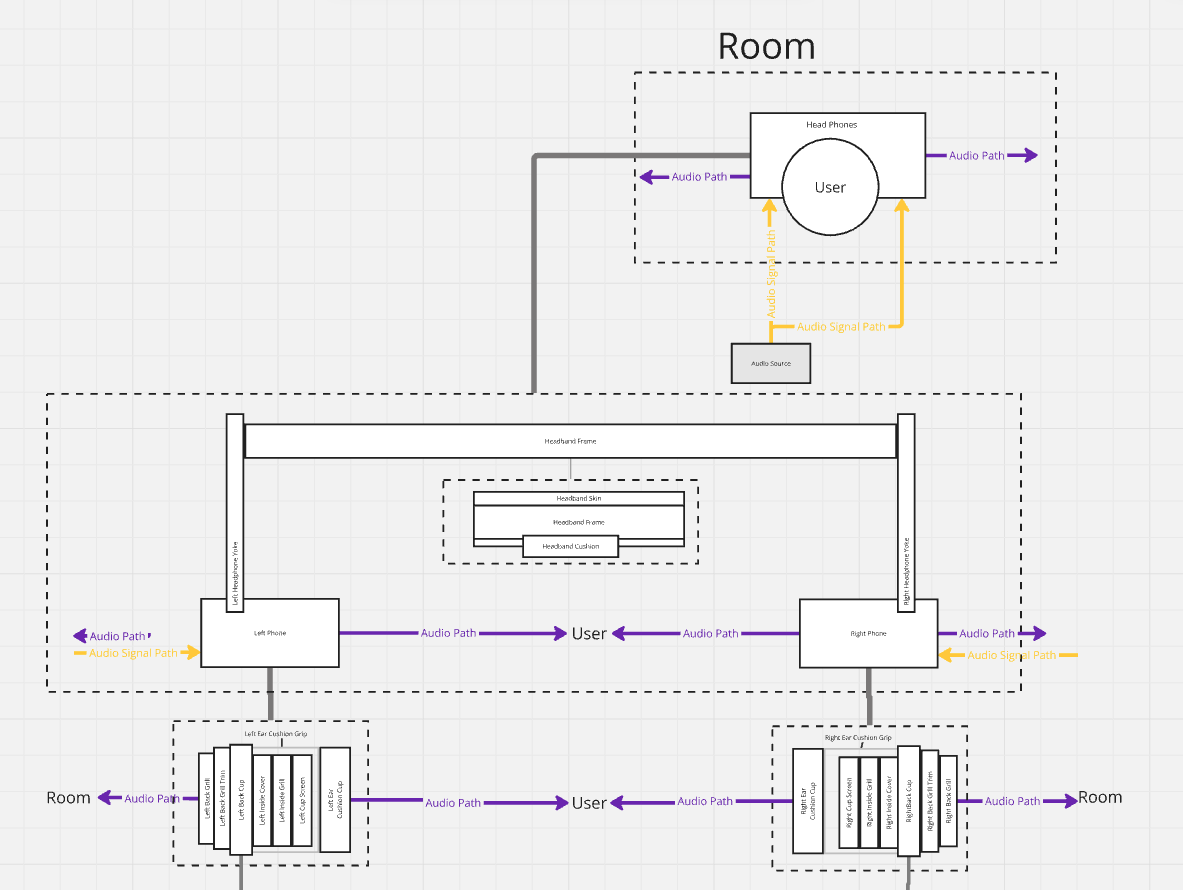
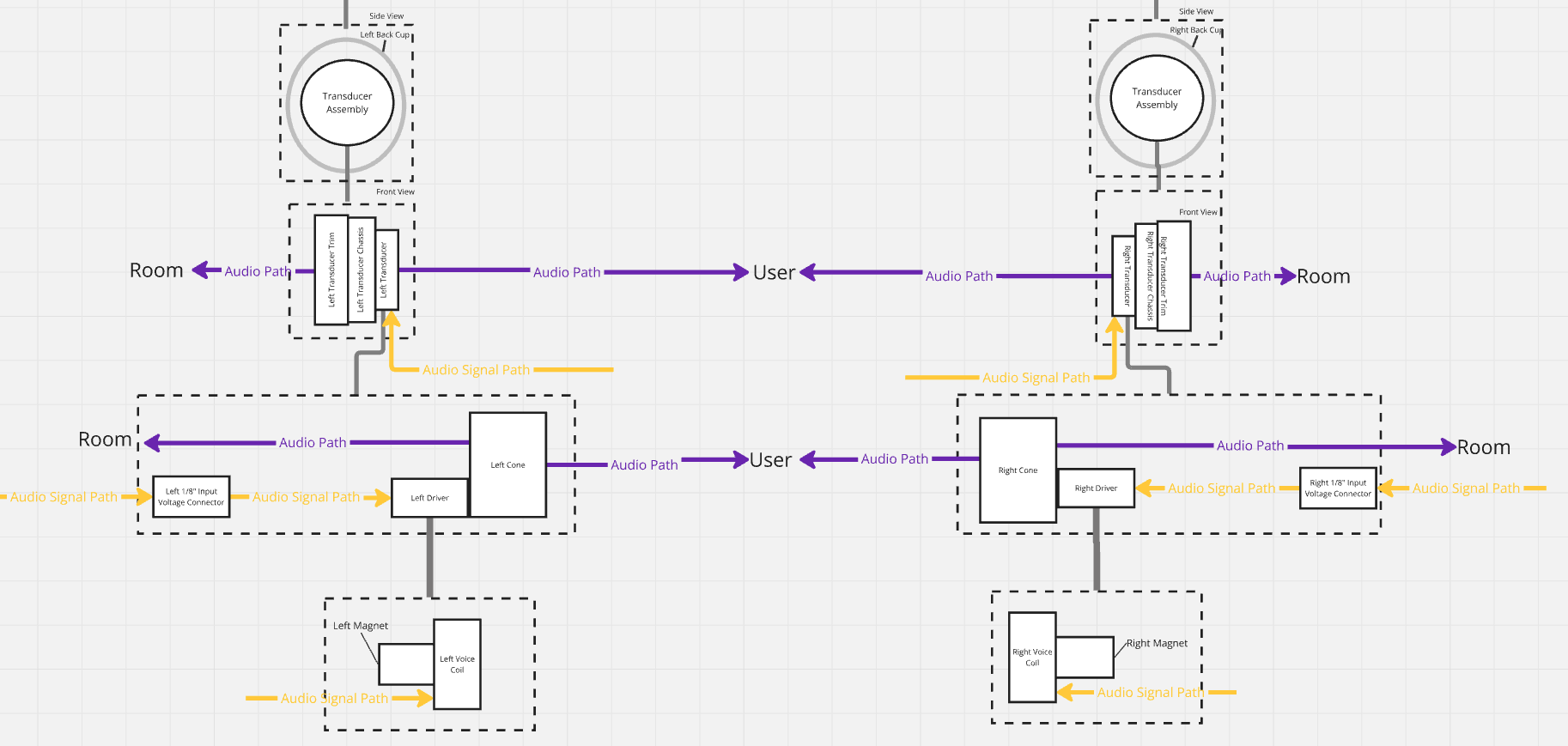
Behavior Flow Chart: Mapping Functional Interactions
Next, I developed a behavior flow chart, outlining how the headphones operate based on their user manual. This step initially felt uncertain, but referencing the manufacturer’s documentation provided clarity. This process reinforced the importance of defining a product’s expected behaviors before diving into detailed design work.
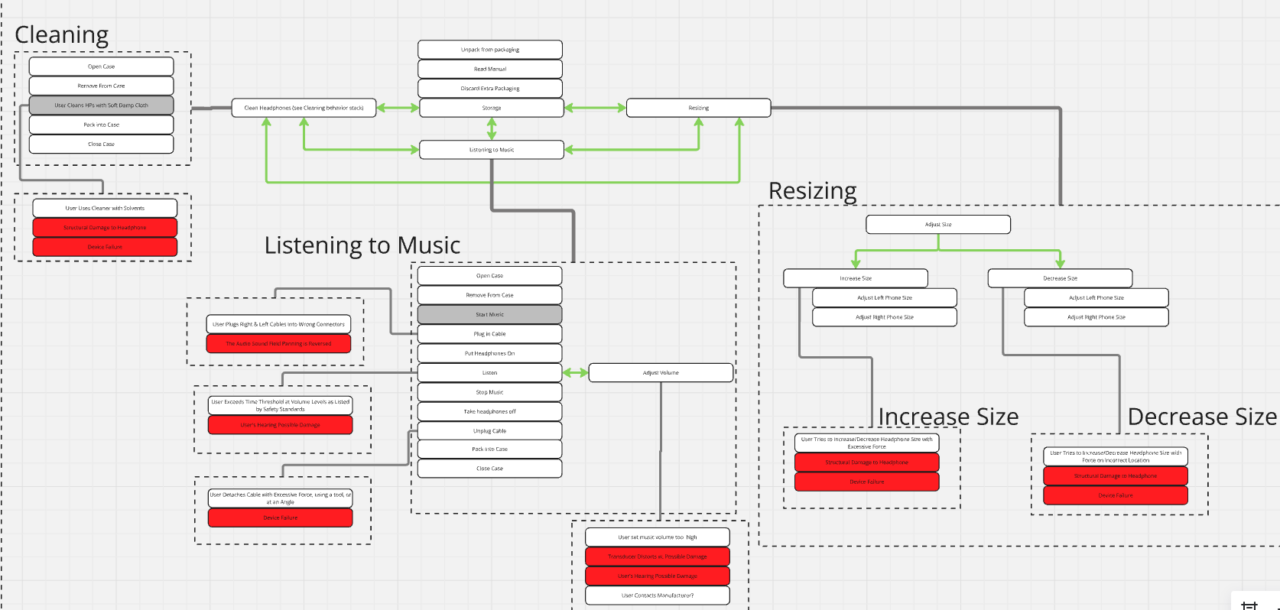
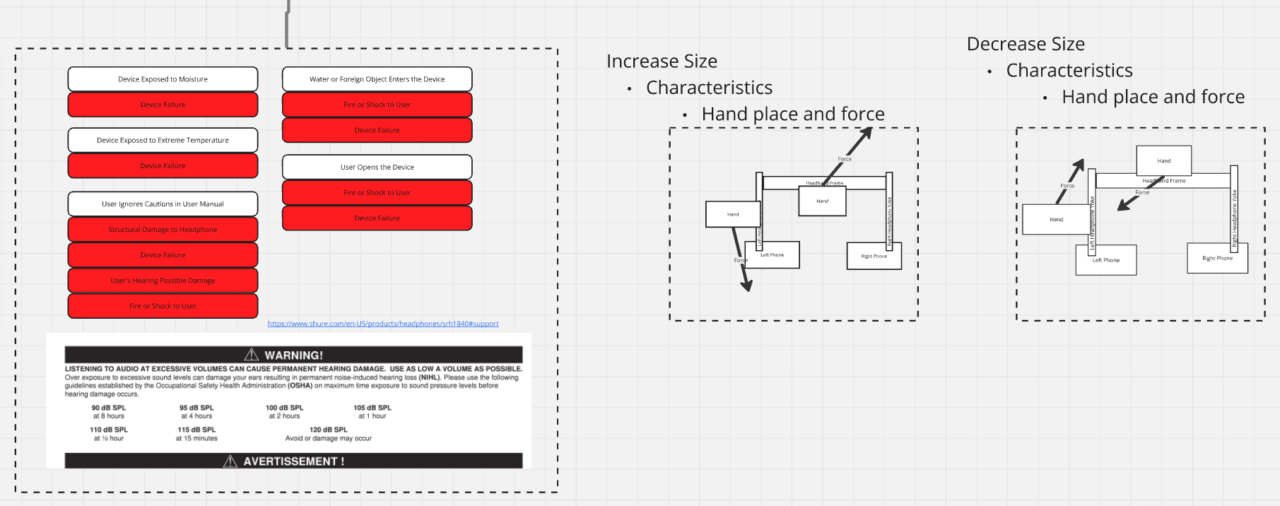
System of Connections: Understanding Component Interactions
The system of connections expanded on the schematic by illustrating relationships that a static diagram cannot fully capture. This was particularly useful in identifying dependencies and potential design constraints early in the process.
Hierarchy List: Organizing Components Logically
Finally, I created a hierarchical breakdown of the headphones. While this was a tedious step, it helped clarify the technical specifications of each component. This structured approach aids in selecting off-the-shelf components and designing custom elements where necessary. Additionally, it provides a solid foundation for the bill of materials (BOM) and understanding parent-child relationships in a product’s architecture.
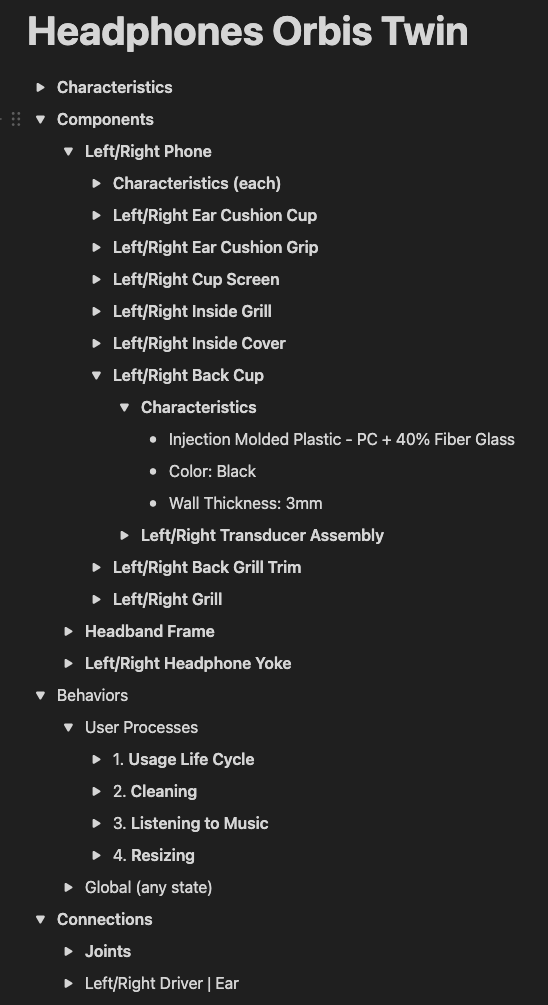
Key Takeaways: Advantages and Limitations
The Orbis Analysis method offers significant benefits for product development, especially in the early stages:
- Uncovering Roadblocks Early – By mapping out every component and interaction beforehand, potential design challenges become apparent before significant resources are invested.
- Facilitating a High-Level Perspective – This approach allows teams to begin developing a product without needing immediate input from all technical disciplines.
- Aiding BOM Creation – The hierarchy structure naturally leads into a well-organized bill of materials, streamlining procurement and manufacturing planning.
However, one limitation I found was that Orbis Analysis is platform-agnostic. While this flexibility can be useful, having a proprietary platform to structure the four pillars systematically could enhance usability and adoption.
Final Thoughts: Strengthening Product Development & Project Management Skills
As a project manager, I see immense value in Orbis Analysis for laying out a product vision before diving into the details. It helps bridge the gap between concept and execution, making it easier to align teams and resources effectively.
I hope this certification will further demonstrate my product development and project management capabilities. My goal remains to work in music technology, and this structured approach aligns well with the complexities of audio hardware design.
If you’re involved in product development or project management, I highly recommend exploring Orbis Analysis. It’s an excellent framework for ensuring a solid foundation before moving into detailed design and production.
